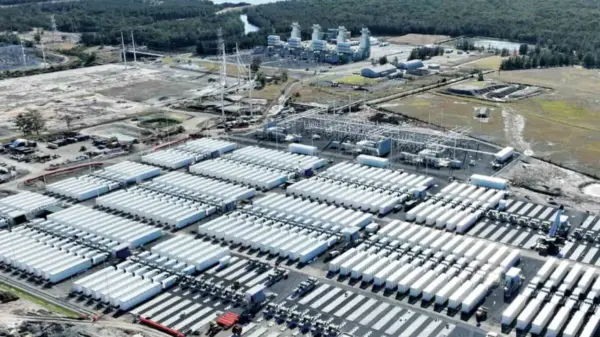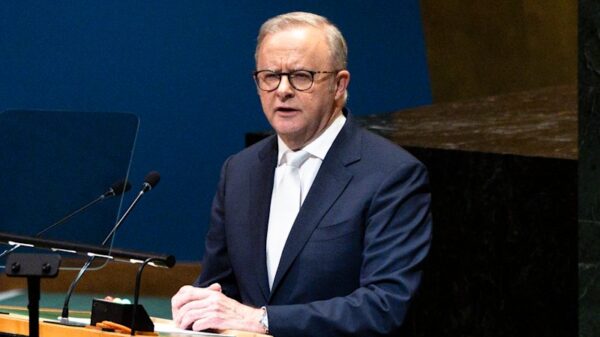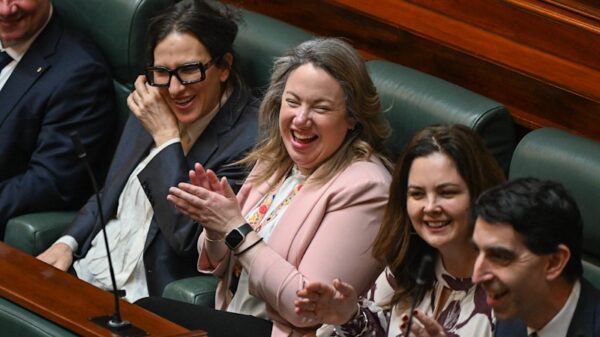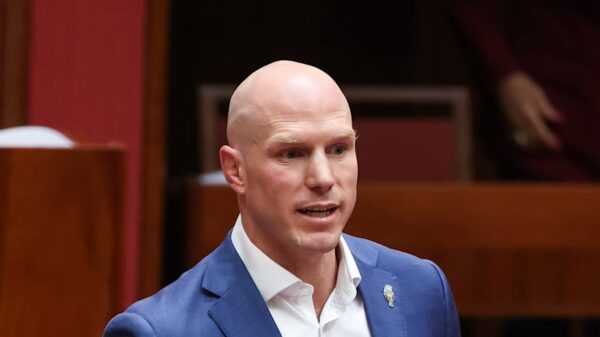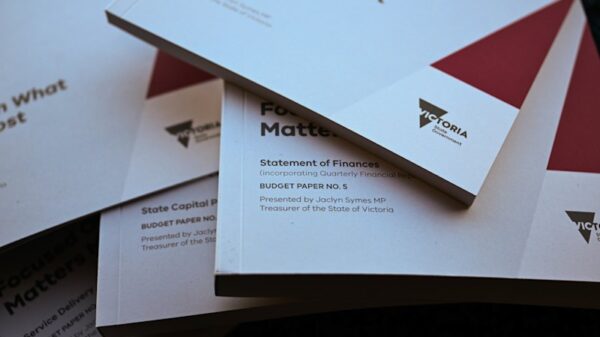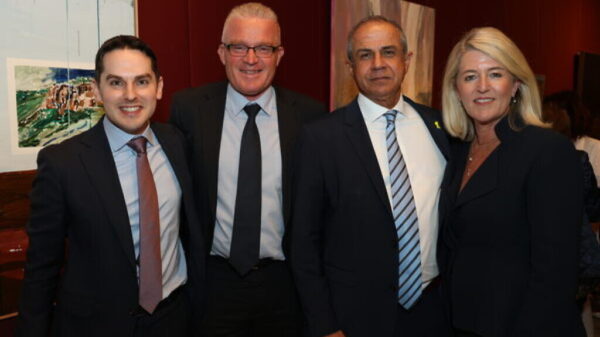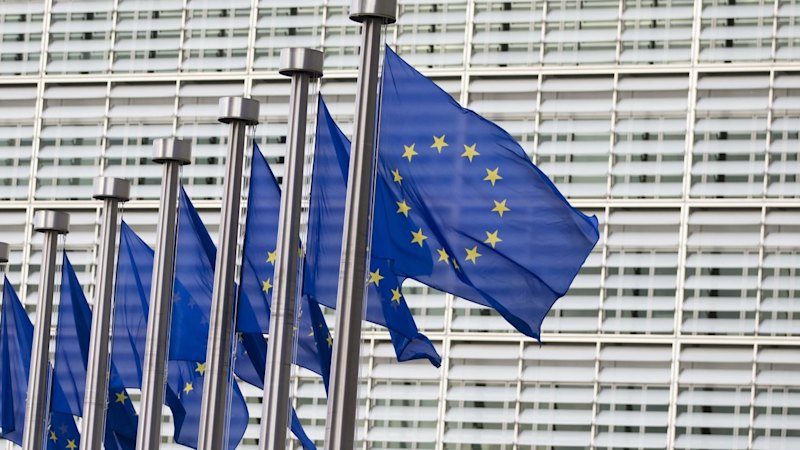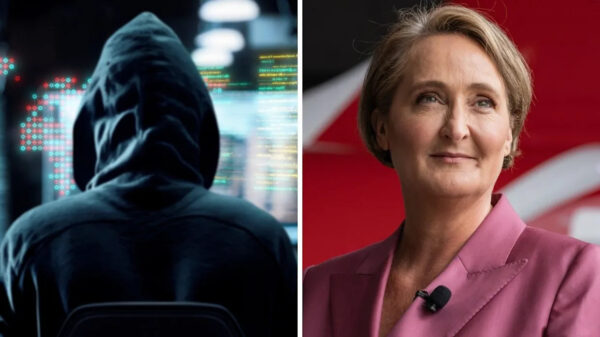URGENT UPDATE: The European Union and the United States are making significant strides toward a potential trade agreement, which could establish a 15% tariff on most products. Diplomatic sources report that EU member states are leaning toward accepting this tariff structure as negotiations intensify.
According to diplomats familiar with the discussions, the proposed tariff would apply to various sectors, including automobiles. However, steel and aluminum imports exceeding a specific quota could face a hefty 50% duty. This development is critical as it signals a possible resolution to ongoing trade tensions.
While optimism is growing among EU officials, they remain cautious, emphasizing that any final agreement hinges on approval from US President Donald Trump, whose decisions are notoriously unpredictable. On Tuesday, Trump announced two tariff deals with the Philippines and Japan, featuring lower duties than previously threatened, raising questions about the EU’s position in these negotiations.
In a notable shift, the 15% tariff on Japanese automobiles, reduced from the existing 25% rate for major car exporters, could serve as a benchmark for the EU discussions. European leaders are currently in Tokyo and Beijing engaging with significant trading partners, underscoring the urgency of these negotiations.
US Treasury Secretary Scott Bessent commented on the situation during an interview with Bloomberg Television, stating, “Talks are going better than they had been. I think that we are making good progress with the EU, but as I’ve said before, the EU has a collective action problem with 27 countries.” This highlights the complexities involved in reaching a consensus among EU member states.
The EU possesses a potent trade tool known as the anti-coercion instrument (ACI), which could be activated if negotiations falter. This instrument allows for a range of retaliatory measures, including new taxes on US tech giants and restrictions on US investments. However, its activation requires a majority of member states to support the move, and currently, the focus remains on reaching an agreement with Washington.
“We are now approaching the decisive phase in the tariff dispute with the USA — we need a fair, reliable agreement with low tariffs,” stated German Chancellor Friedrich Merz in Berlin after a meeting with Czech Prime Minister Petr Fiala. “Without such an agreement, we risk economic uncertainty at a time when we actually need exactly the opposite.”
The EU Commission is actively discussing the ACI with member states, but most prefer to wait until after August 1 to evaluate the situation further. The prevailing sentiment is to keep negotiations with the US on track to avoid potential economic fallout.
Upcoming talks are scheduled for Wednesday, where EU and US negotiators are expected to continue discussions. The US is reportedly seeking a near-universal tariff exceeding 10% on EU goods, with limited exemptions for specific sectors, including aviation and certain medical devices.
This developing situation is critical for businesses and consumers on both sides of the Atlantic, as any changes in trade policy could have significant economic implications. As negotiations unfold, the business community and global markets will be watching closely for further updates.

